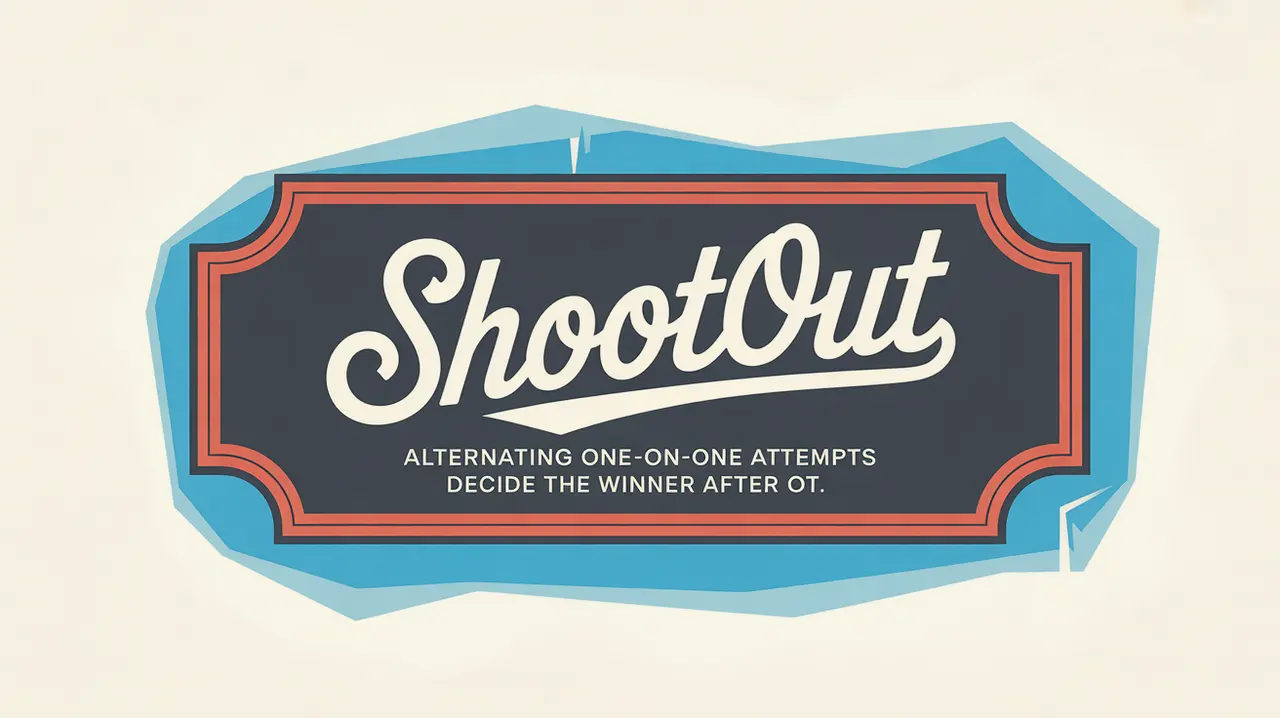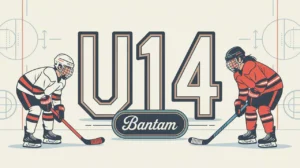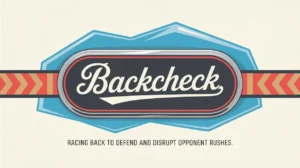Jim’s Intro to the Shootout
Hi folks, Jim here, the only commentator who snuck to his trailer and dressed up like Clint Eastwood from The Good, the Bad, and the Ugly to get in the zone for the shootout.
What is a shootout?
A shootout is the individual skills competition used to decide a winner when overtime ends without a goal (in regular season or certain tournament formats). Each team selects a set number of shooters to take turns in one-on-one breakaways against the opposing goalie. The team that scores the most after the initial round wins. If the score remains tied, it goes to sudden-death rounds until someone comes out on top.
It’s part chess match, part high-stakes breakaway contest, and part pure nerves.
How does it work?
Shootouts follow a clear structure:
Initial Rounds:
- Each team picks three shooters to go in alternating turns.
- The visiting team always shoots first.
- Each shooter starts at center ice, skates in, and has one continuous attempt to score. Rebounds don’t count.
Sudden Death:
- If the score is tied after three rounds, the shootout continues one shooter at a time until someone scores and the other team doesn’t.
- Teams can reuse shooters after the first three rounds, often bringing out their best again.
Goalie Roles:
- Goalies face each shooter one-on-one and can use any legal save technique.
- If they leave the crease too early or break the rules, the shooter may get a do-over.
Official Result:
- The winning team gets the extra point in the standings (in leagues that use points).
- Shootout goals count for the game result but do not count toward player stats like goals or points.
Common Situations Leading to Shootouts
- Tied Regular Season Games: After overtime ends with no winner.
- Tournaments or Round Robins: To quickly determine a victor and manage schedules.
- Youth Leagues: Sometimes used as tiebreakers in playoff brackets or seeding games.
- Special Events: Some showcase or charity games include shootouts for entertainment.
How do you make good decisions with it?
Good shootout decisions depend on strategy, confidence, and scouting.
- Choosing Shooters: Coaches often pick a mix of their most skilled puck handlers, fastest skaters, and most composed finishers.
- Goalie Selection: Some teams even change goalies for the shootout if they have a specialist.
- Shooter Approach: Players must read the goalie and pick their move, whether deke, quick release, or surprise.
- Goalie Strategy: Goalies study shooter tendencies and react with timing rather than guessing too early.
- Order Matters: Coaches sometimes save their best shooter for third to apply pressure or set the tone with a star first.
How do you master it?
Shootout specialists thrive under pressure. They refine their moves to be fast, deceptive, and consistent. Elite shooters keep goalies guessing by blending speed changes, shoulder fakes, and quick hands. Goalies who excel read body language, stay patient, and force shooters to make the first mistake. Teams that master the shootout treat it like its own mini-game, with regular practice and video review.
What does it look like when done right?
A perfect shootout attempt is smooth and decisive. The skater glides in with control, sells the fake, and snaps a shot under the bar before the goalie can flinch. Goalies at their best look like statues until the last instant, sliding or flashing leather to shut the door. The crowd holds its breath every time.
Commentator’s Corner
Jim’s Take
Shootouts turn heroes into legends and sometimes make the calmest players look like deer on ice. It’s a mental game as much as a physical one.
Parent Tip
Shootouts are a great way for players to develop creativity and poise. Encourage them to experiment with different moves in practice so they’re confident under pressure.
Player Tip
Have one go-to move and one reliable backup. In a shootout, hesitation is your worst enemy. Pick your play and commit to it fully.
A Final Thought
The shootout is a pure spotlight moment. One skater, one goalie, one chance. Master the mental game, sharpen the skills, and these breakaway duels can become unforgettable highlights.









